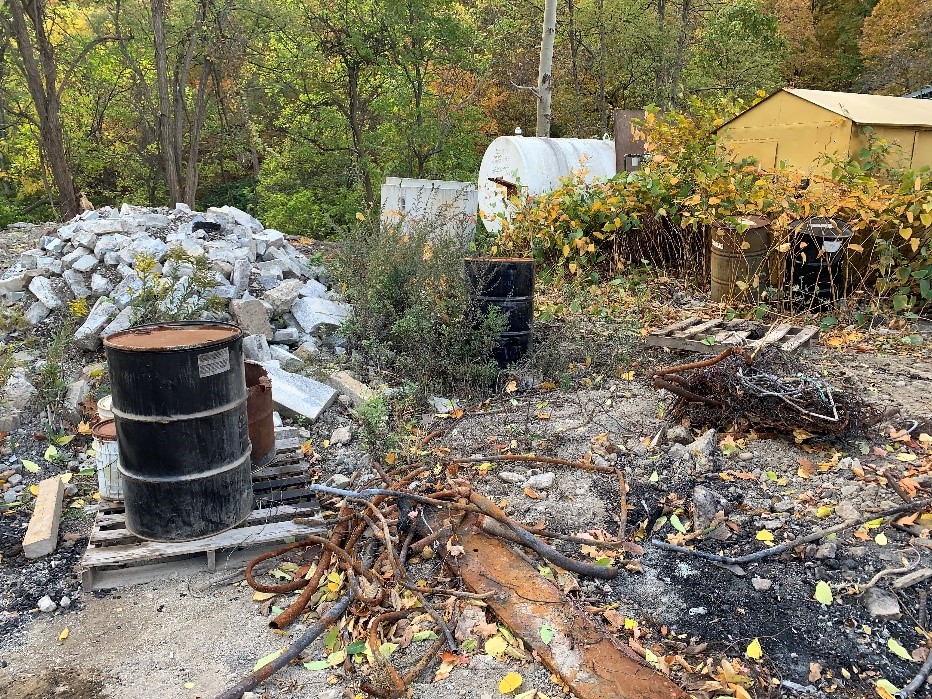 Phase 1 Environmental Site Assessments (ESA) is a non-intrusive investigation designed to evaluate the environmental condition of the property and reduce the risk of encountering legal and financial liabilities. The need for a Phase 1 ESA depends on several factors:
Phase 1 Environmental Site Assessments (ESA) is a non-intrusive investigation designed to evaluate the environmental condition of the property and reduce the risk of encountering legal and financial liabilities. The need for a Phase 1 ESA depends on several factors:
The known history of the property and likelihood that pollution may be discovered,
Financing considerations, and
The risk tolerance of the investor.
Seneca Engineering’s highly qualified, experienced environmental professionals conduct Phase I ESAs in accordance with current national (ASTM) standards. The ESAs include both a site reconnaissance and research into the past and current property uses that might have created a threat to the environment and/or human health. The site reconnaissance will examine or look for evidence of items such as:
Storage drums or unidentified containers and their condition
Stained soil
Wells, septic systems, drains, sumps, pits, ponds, or lagoons
Storage or handling of hazardous materials
Emission, storage, or disposal of hazardous waste
Polychlorinated Biphenyls (PCBs)
Above ground or underground storage tanks
The research component of our ESA will include a review of relevant public records (local, state, and federal) and interviews with occupants, owners, and selected local officials. This research helps to identify current and prior uses of the property itself and surrounding properties that might affect the property’s environmental risk profile. If a Phase 1 ESA analysis identifies significant suspected pollution concerns, we may recommend a Phase II subsurface investigation. While Seneca does not perform the Phase II investigations, we can easily coordinate them for our clients.
At Seneca Engineering, we are exceedingly budget-conscious on behalf of our clients. We will not recommend services we do not think our clients need, but we take seriously our obligation to alert clients to existing or potential environmental risks, so they can make informed investment decisions and implement necessary or prudent risk mitigation measures.